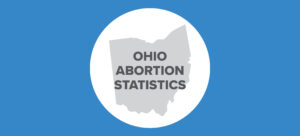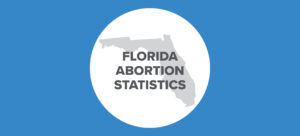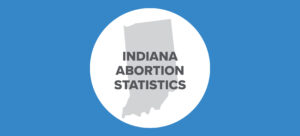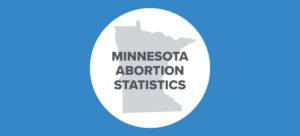
Tessa Longbons
Senior Research AssociateTessa Longbons is Senior Research Associate at Charlotte Lozier Institute, where her research focuses on abortion statistics at the state and national levels and the changing landscape of abortion policy, provision, and access in the United States.
Tessa has appeared on CBN News and EWTN News Nightly and has testified before Members of Congress on the Born-Alive Abortion Survivors Protection Act. Her work has been featured by National Review Online, Newsweek, The Gospel Coalition, Fox News, The Daily Signal, and many other national media outlets. She has contributed to peer-reviewed research on women’s experiences with chemical abortion and the impact of abortion on women enrolled in Medicaid.
Originally from Illinois, Tessa earned a BA in Communications from Thomas Edison State University. Prior to joining CLI, she got her start in pro-life research with the Family Research Council.
Research Authored
Abortion Reporting: Kentucky (2021)
Kentucky’s 2021 abortion report was published by the Kentucky Cabinet for Health and Human Services in October 2022. There were 4,441 abortions reported in Kentucky in 2021, an 8.2 percent increase from the previous year.
Abortion Reporting: Ohio (2021)
Ohio’s 2021 abortion report was published in September 2022 by the Ohio State Department of Health. Ohio’s abortions increased from 2020.
Abortion Reporting: Texas (2021)
Texas’ 2021 report was released by Texas Health and Human Services in September 2022, reporting a drop in abortions from 2020.
Abortion Reporting: Missouri (2020)
From 1,471 abortions in 2019 to 167 in 2020, the total number of abortions reported in the Missouri fell by 89 percent, while chemical abortions increased by 47 percent.
Abortion Reporting: North Dakota (2021)
North Dakota published its 2021 abortion report in October 2022. The report shows that the number of abortions in North Dakota slightly decreased from 2020.
Abortion Reporting: Florida (2021)
For this CLI summary, the usage of “gestation” reflects Florida’s definition of gestation in 2021, which is synonymous with post-fertilization age and is different than the definition that is commonly used based on a woman’s reproductive cycle.
Abortion Reporting: Indiana (2021)
In 2021, there were 8,414 abortions reported in Indiana, up eight percent from the previous year. Chemical abortions rose by 13 percent, making up over half of all abortions (57 percent) occurring in Indiana in 2021
Abortion Reporting: Oregon (2020)
A total of 6,991 abortions were reported in Oregon in 2020, a decrease of 19.5 percent from 2019.
Abortion Reporting: Minnesota (2021)
Minnesota’s annual abortion report for 2021 was published online by the Minnesota Department of Health in July 2022. The report shows that Minnesota’s abortion total decreased from 2020.
Abortion Reporting: Nebraska (2021)
Nebraska’s 2021 abortion report was published in May 2022, and a corrected version of the report was re-released in October 2022. Abortions in Nebraska decreased from 2020

























